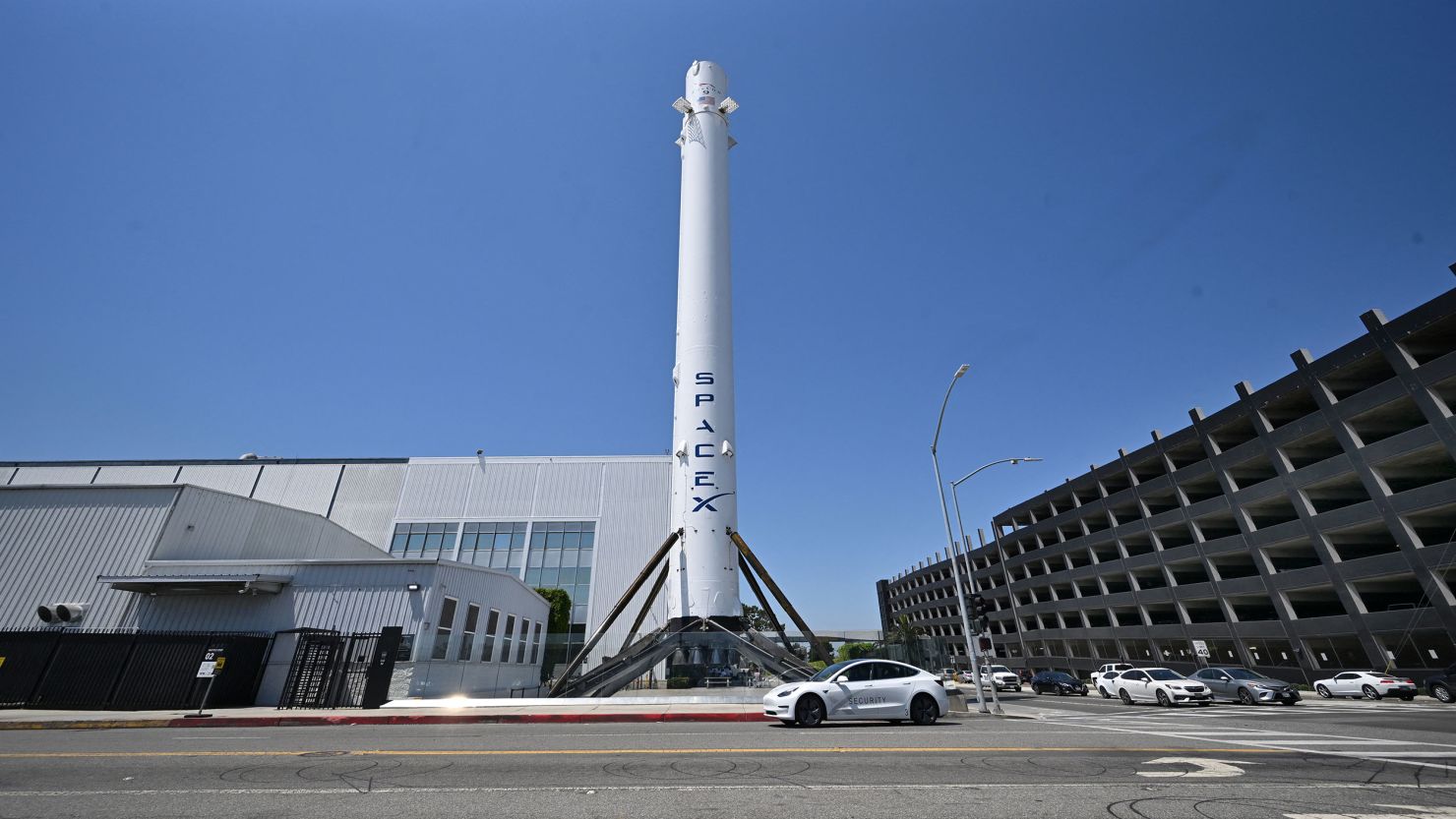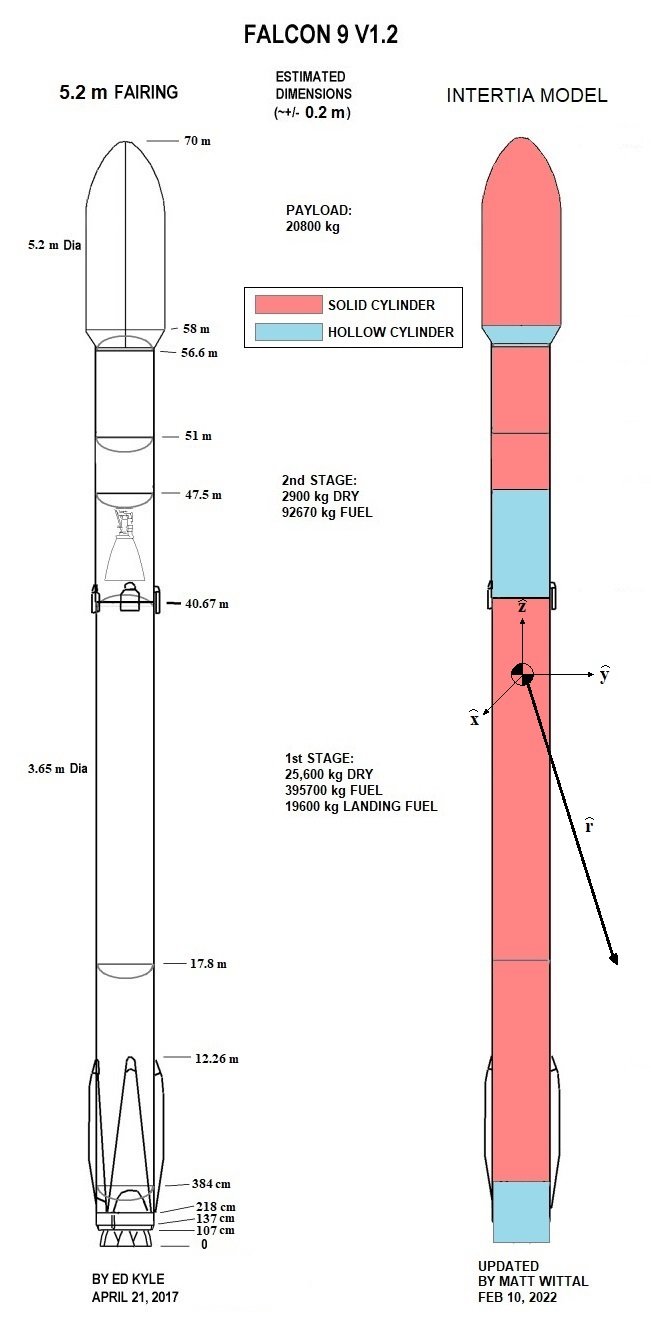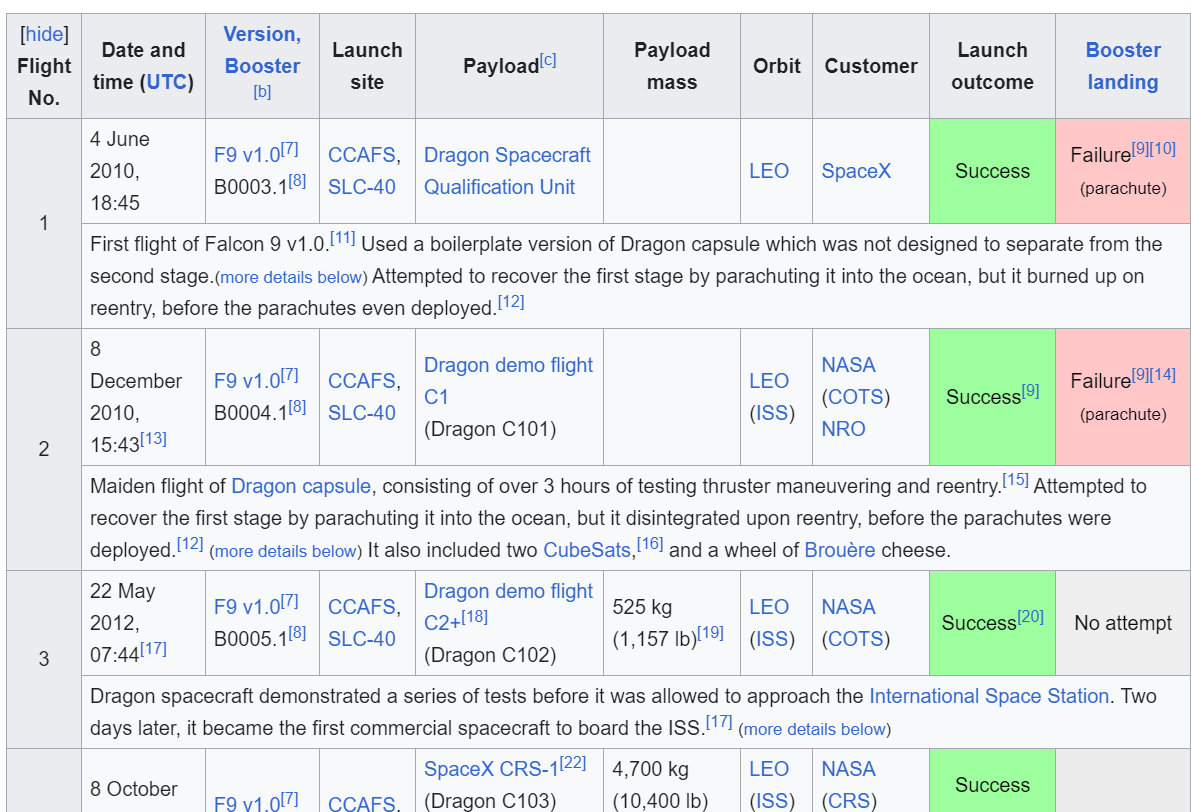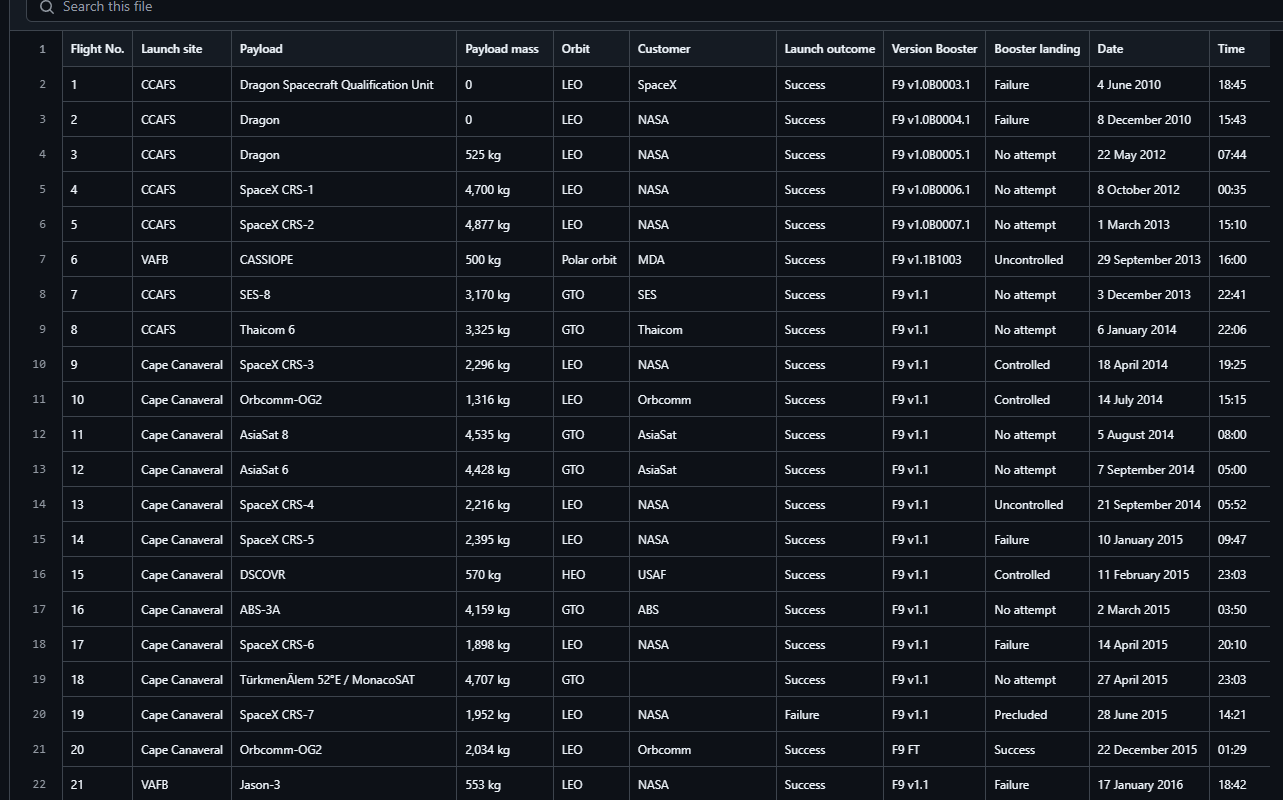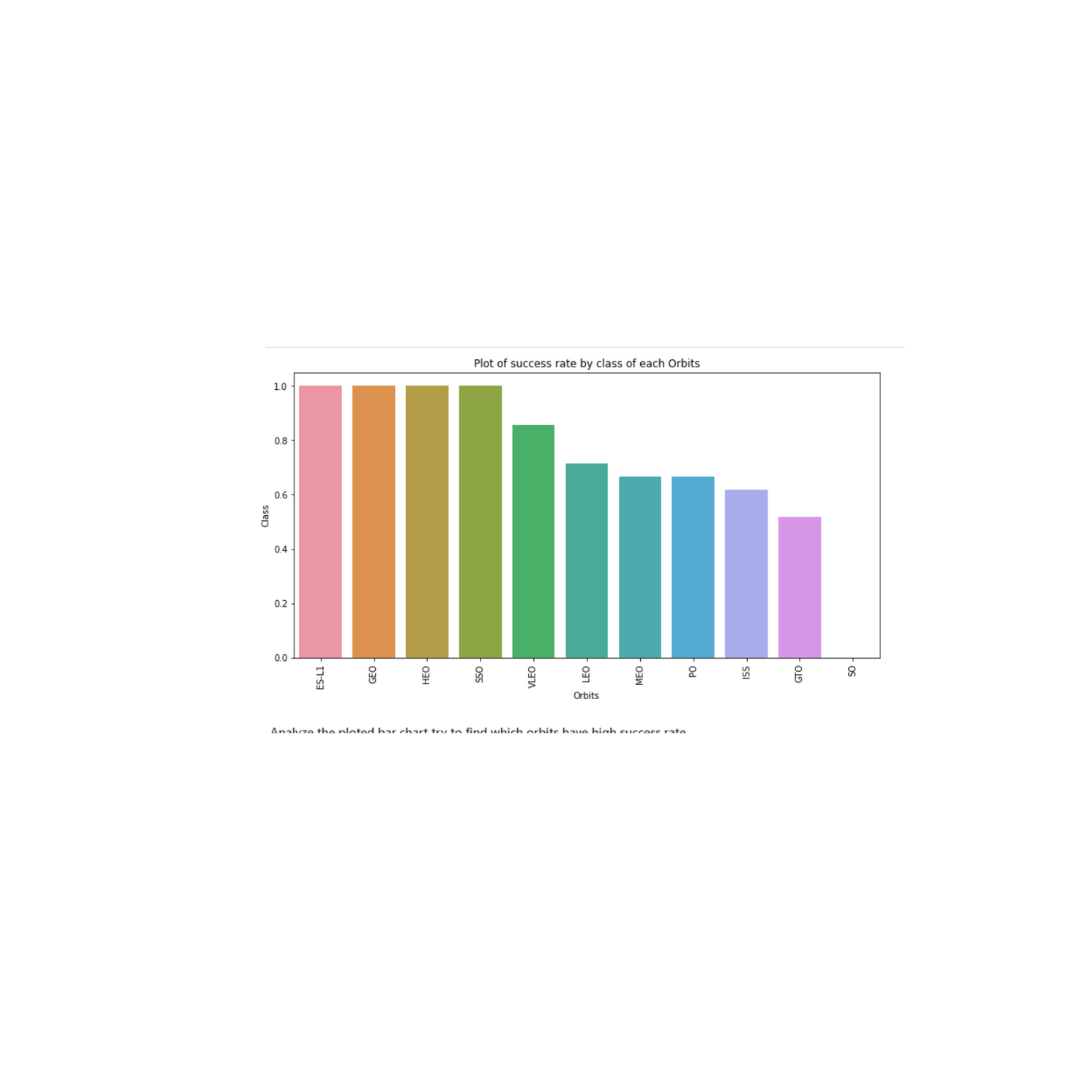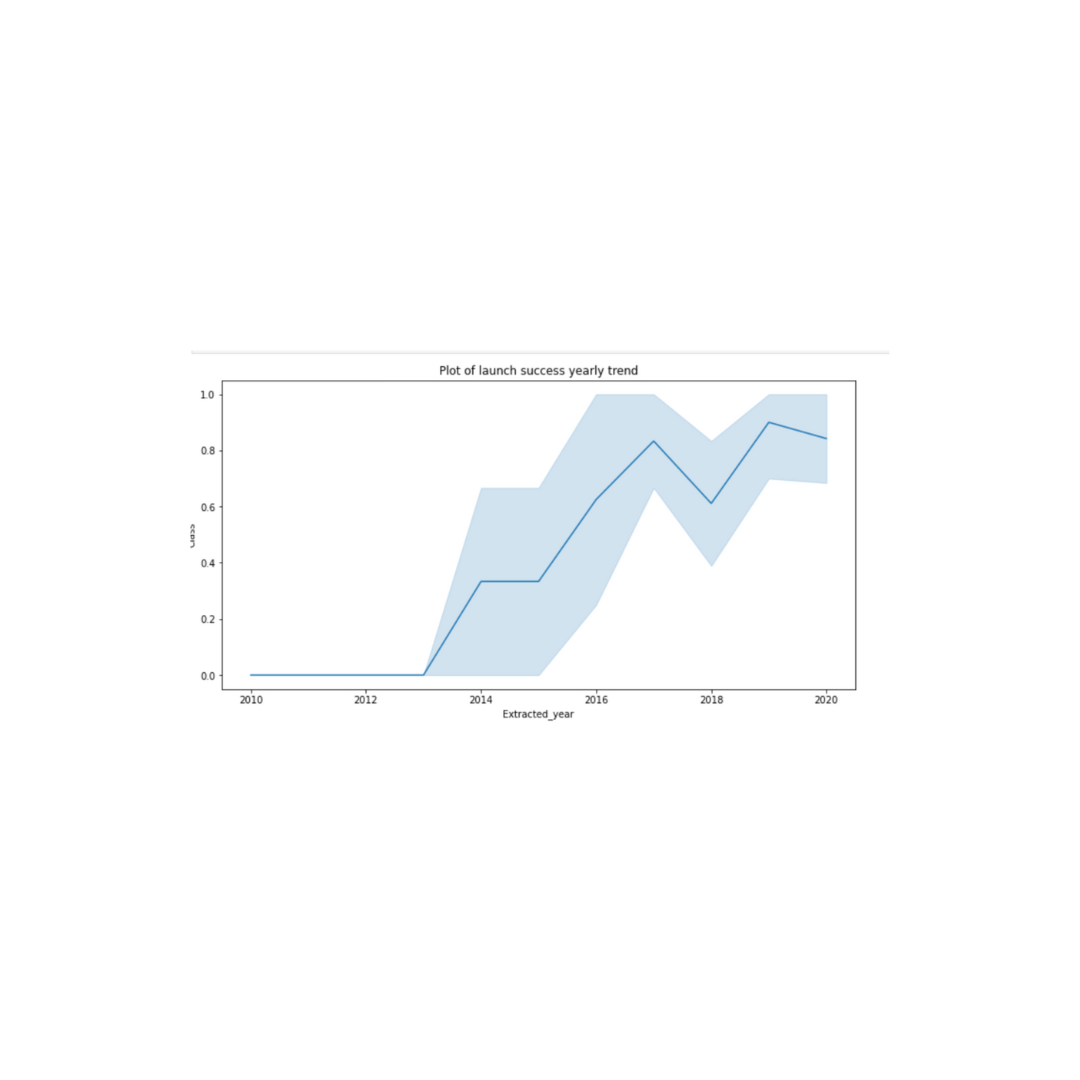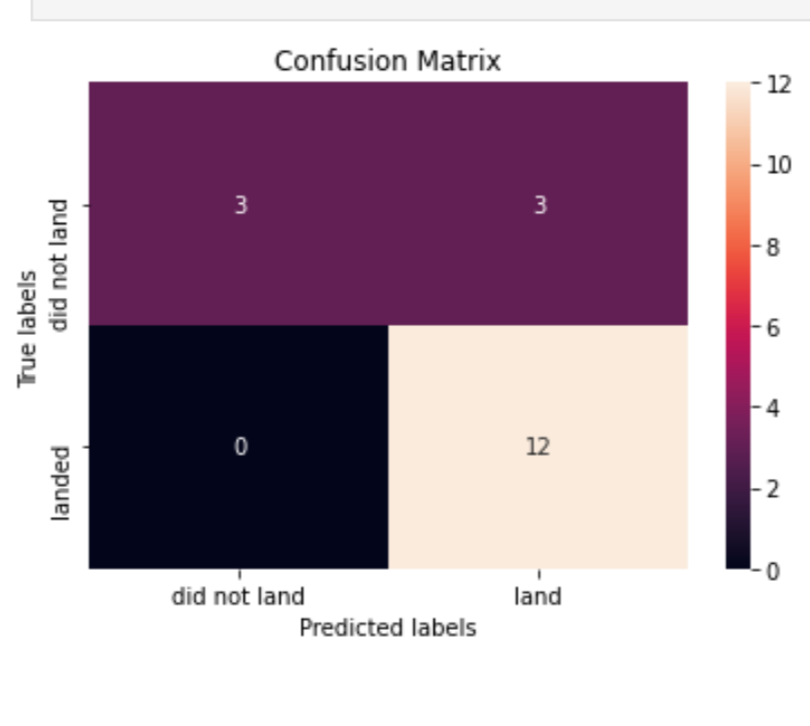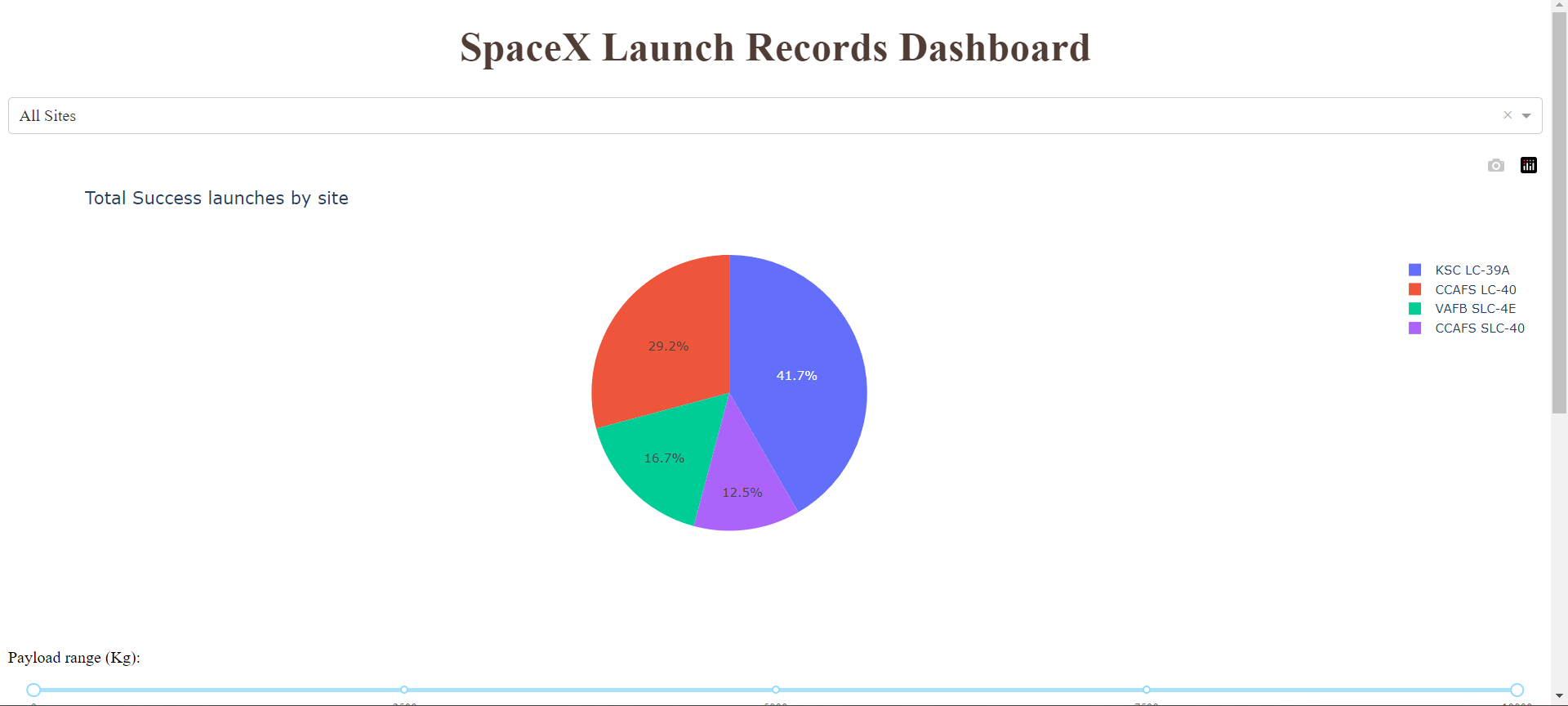Falcon 9 Stage 1 Analysis
This project aims to analyze the Falcon 9 rocket launches by SpaceX to predict the success rate of the first stage landing. SpaceX's ability to reuse the first stage significantly reduces launch costs, and this analysis helps in understanding the factors influencing successful landings. By determining these factors, this project can assist competitors in evaluating their bid against SpaceX.
Sources:
